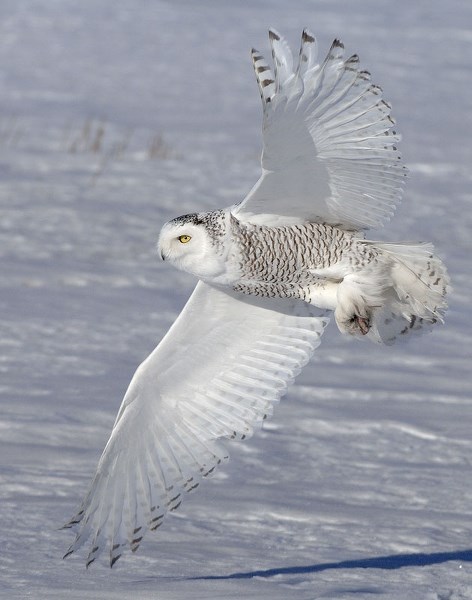Big metal spinners may soon let you store solar power in your own home for use at night, says an Edmonton-based researcher.
University of Alberta mechanical engineering professor Marc Secanell is giving a free talk Wednesday at MacEwan University on up-and-coming energy storage systems for solar power.
The talk is part of the Solar Energy Society of Alberta’s ongoing lecture series on renewable energy, says Rob Harlan, the group’s executive director.
Energy storage is going to be the key for widespread adoption of renewable energy sources, Harlan says.
“One of the limitations of solar and wind is that they’re intermittent,” Harlan says. If you can’t store them, you can’t use them when they’re not available.
While grid storage (where customers sell excess power to the grid and buy it back when they need it, using the grid as a sort of battery) helps, it’s not an option for people in remote locations who want to be off the grid, says Secanell.
“The grid also needs storage,” he adds, as too many of these intermittent sources makes it tough to manage energy supply.
Most domestic storage systems rely on expensive lead-acid battery arrays that have a limited lifespan, Secanell says. Industrial systems like the one at the U of A often rely on thermal storage – the U of A uses power from its plant to make cold water for its hospital when power prices are low and taps into that water when prices are high.
The most cost-effective grid-storage system right now is hydropower, where companies store renewable power by using it to pump water from one lake to a second one higher up a hill, releasing it by having the water run back down to the first lake through a generator. The only problem with it is that you need two lakes to do it, Secanell says.
Secanell and other researchers are studying other storage systems such as compressed air, hydrogen fuel cells and flywheels.
Flywheels are big, rotating metal cylinders that store energy as rotational movement. A 60-centimetre wide, 20-centimetre thick wheel would theoretically be able to store enough power to run a typical Canadian home for a year, Secanell says.
The talk runs from 7 p.m. to 8:30 p.m. this Feb. 25 at MacEwan’s CN Theatre (Room 5-142). Visit solaralberta.ca for details.
St. Albert looks to have missed out on a snowy owl wave now sweeping the rest of the continent, suggests a global bird survey.
Tens of thousands of birdwatchers headed out across the globe last weekend to take part in the 18th annual Great Backyard Bird Count.
The annual event is meant to give citizen scientists a chance to get outdoors in the middle of winter and get excited about counting birds, says Dick Cannings, bird count co-ordinator with Bird Studies Canada.
“In Canada, it’s fairly simple to learn all your winter birds because there’s just not that many different kinds,” he notes.
The count’s website did not show any completed counts in the St. Albert region as of Friday, but counters did have until the end of the month to get their checklists in.
Albertans had submitted 665 counts and spotted some 86 bird species as of Wednesday, Cannings says.
Internationally, the northern U.S. appears to be seeing an “echo” or lesser repeat of last year’s mass exodus south of snowy owls, with some flying as far south as Oklahoma, initial count results suggest.
The big wave may have missed St. Albert, as last weekend’s Snowy Owl Prowl tour had to roam far northeast of Morinville to find even one, says city birder Alan Hingston. Just two showed up in last year’s Christmas Bird Count.
“We haven’t had a good year (for these owls) since 2006.”
Alberta’s had a pretty average number of snowy owls with 14 reports, Cannings says.
But it has had an unusual sighting of five white-tailed ptarmigans at Lake Louise, he continues – one of just three reports of these birds in the count so far in North America. As these all-white birds spend up to 90 per cent of their time buried in the snow for warmth, spotting five at once is quite something.
Bird count data will be used to track population movements and trends in bird populations, Cannings says.
More results can be found at gbbc.birdcount.org.




